WHY IS NICOTINE ADDICTIVE TO INSECTS AND HUMANS?
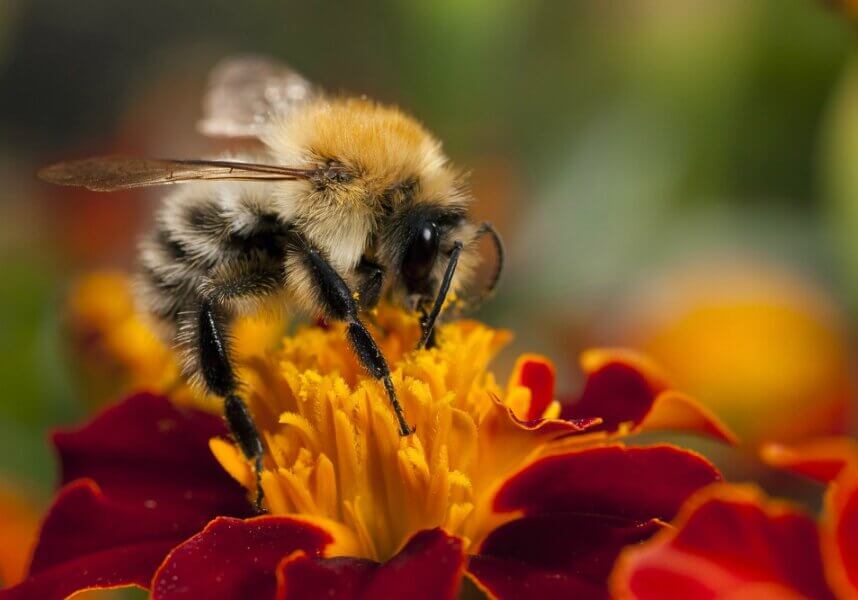
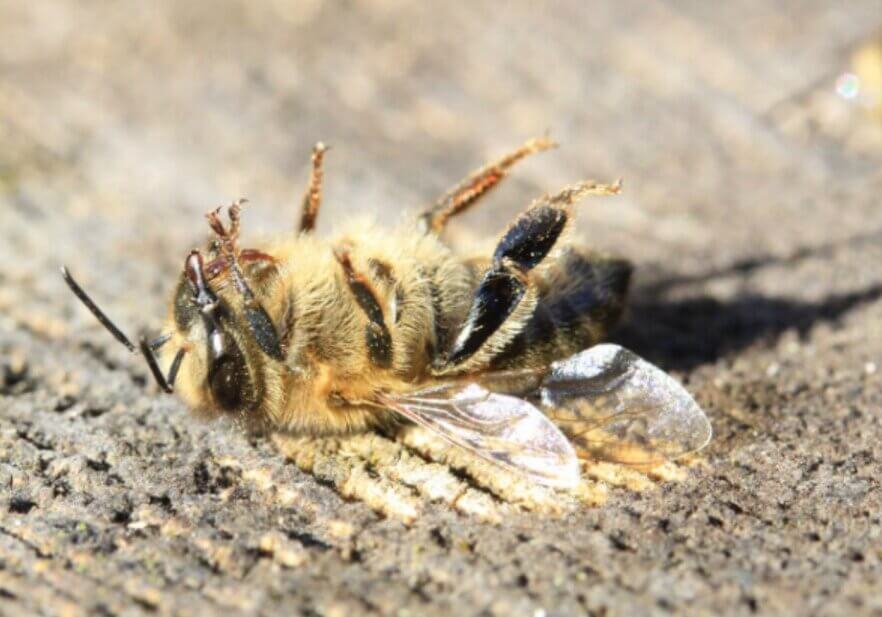
Bumblebees become hooked to neonicotinoid when exposed to pesticides containing the chemical. Neonicotinoid is a chemical that is similar to nicotine found in tobacco that makes it extremely difficult for smokers to quit once addicted.
In a study conducted by Dr. Andres Arce and a team from Department of Life Sciences at Imperial College London, when researchers gave wild bumblebees a choice between unadulterated sugary food and neonicotinoid laced food, the bees preferred the contaminated food over time.
The experiment involved ten bumblebee colonies over a period of 10 days. At first, the bees avoided the sugary food laced with neonicotinoid pesticide, but over time they consistently chose the contaminated food over the uncontaminated.
In insects, neonicotinoids cause addiction by targeting similar nerve receptors to those affected by nicotine in humans. The researchers concluded that bumblebees were taking in more pesticides than previously thought.
EU countries banned neonicotinoid pesticides in all EU countries in April 2018, and the ban is scheduled be enforced by the end of 2018. When the ban comes into force the world's most popular insecticide will only be allowed in greenhouses.
Neonicotinoids are not only harmful to bumblebees but also to wild bees. When used outdoors the pesticide contaminates both the water sources and soils.
Those against using neonicotinoids believe that the long-term damage to bee colonies outweighs the short-term economic gains from the use of the pesticides.
Source:
Foraging bumblebees acquire a preference for neonicotinoid-treated food with prolonged exposure; by Andres N. Arce, Ana Ramos Rodrigues, Jiajun Yu, Thomas J. Colgan, Yannick Wurm, Richard J. Gill, Published 29 August 2018.
http://rspb.royalsocietypublishing.org/content/285/1885/20180655
RECENT POSTS
Sign up to learn about new articles!
Be the first to know when we post a new nuggets of wisdom on Zala Hub. Read exciting and educative articles about the natural world!
Picks for you
How do bees fly, given that they have relatively small wings?
HOW DO BEES FLY, GIVEN THAT THEY HAVE RELATIVELY SMALL WINGS? Bee in flight Honey bees have to carry nectar…
Read MoreWhat are some of the most important factors in beekeeping?
WHAT ARE SOME OF THE MOST IMPORTANT FACTORS IN BEEKEEPING? Centre: Queen bee Four factors determine the success of a…
Read More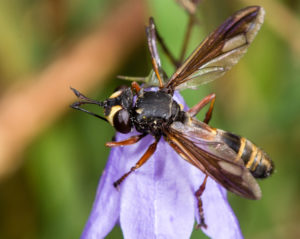
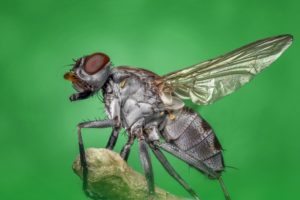

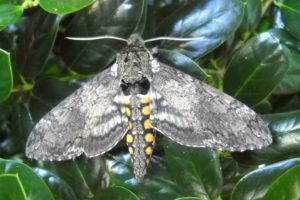
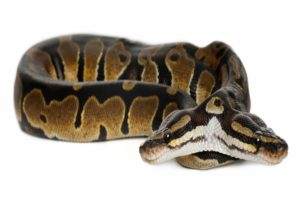
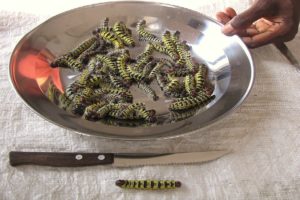
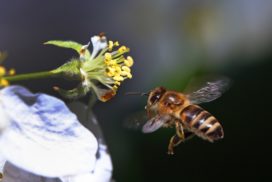
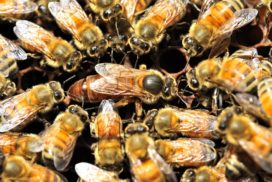
Hi there! Someone in my Facebook group shared this site with us so I came to look it over.
I’m definitely enjoying the information. I’m bookmarking and will be tweeting this to
my followers! Fantastic blog and amazing design and style.